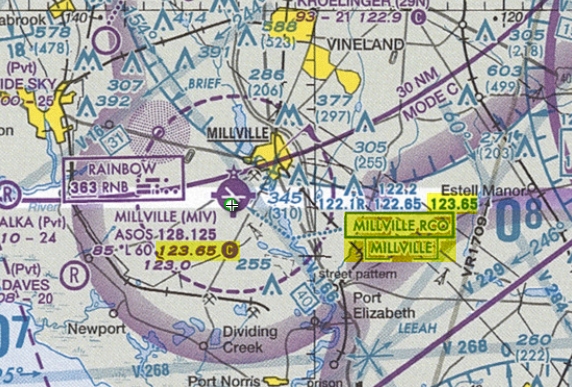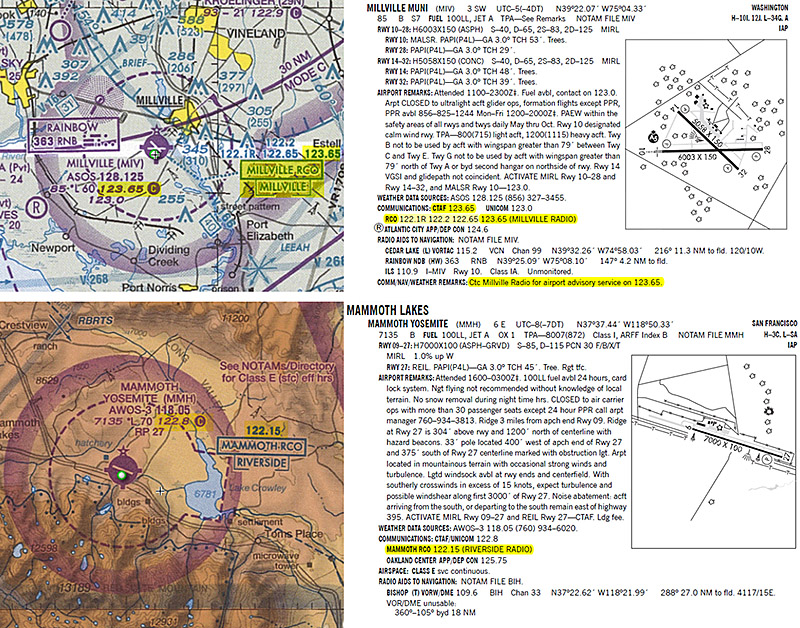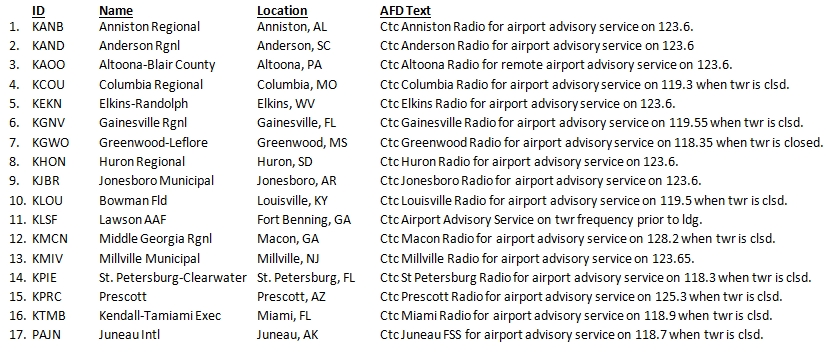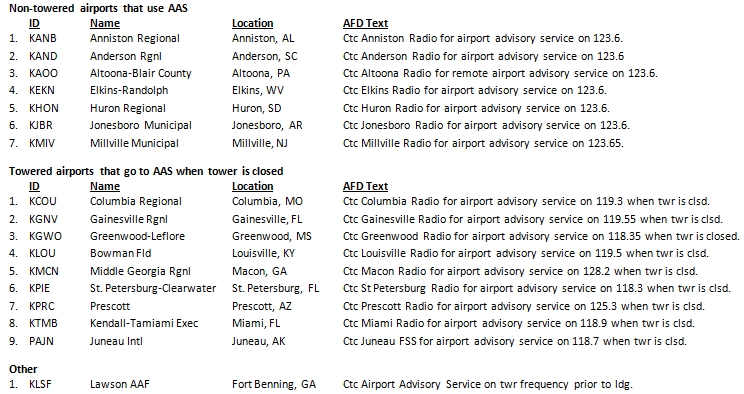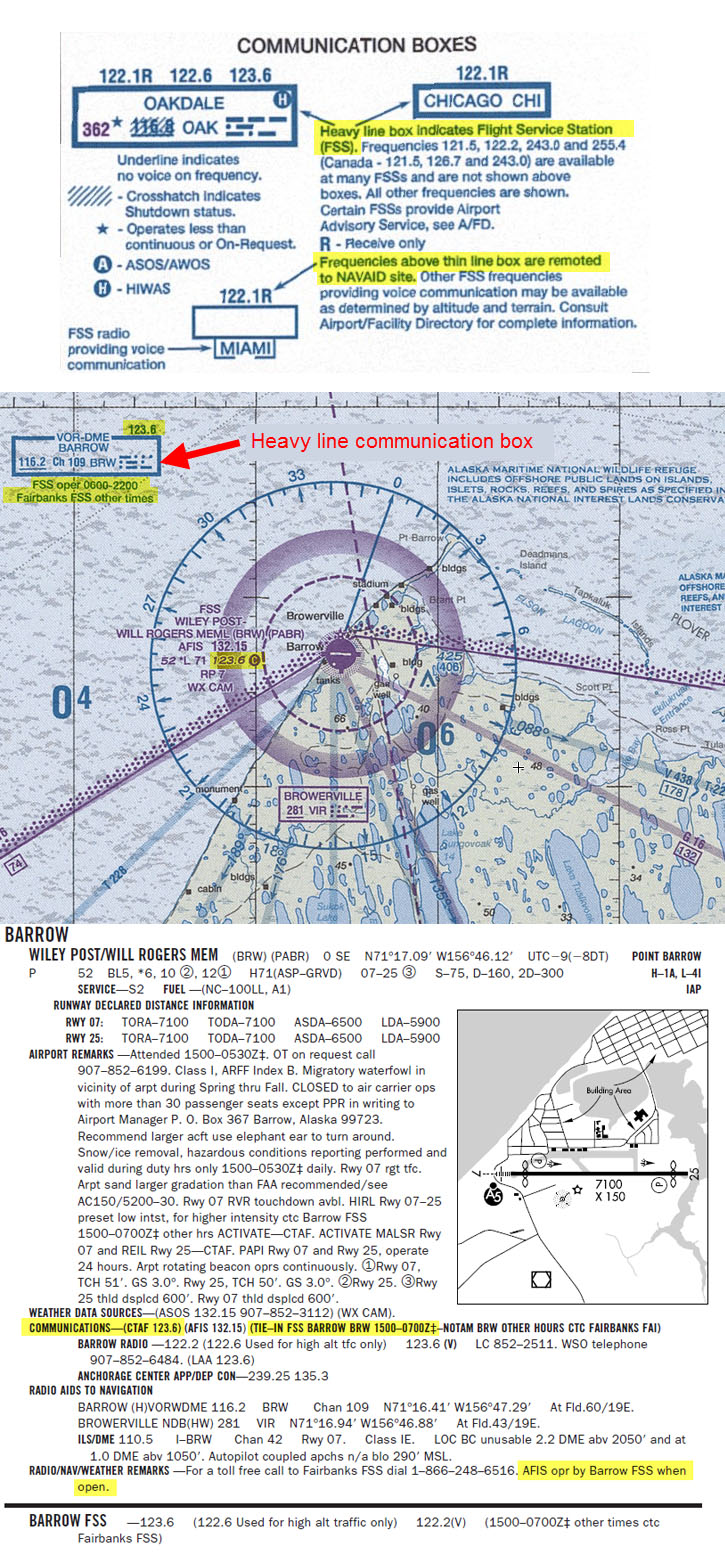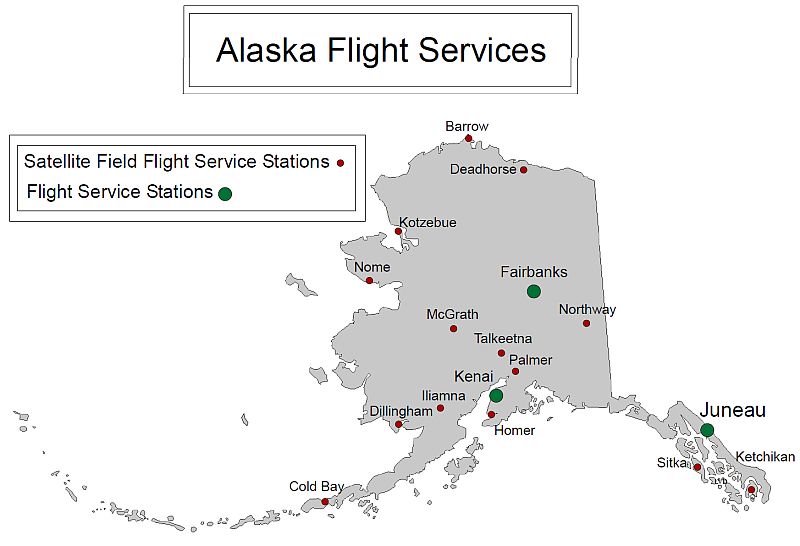eetrojan
Pattern Altitude
Hi - AIM 4-1-9 talks about Airport Advisory Areas where a pilot is encouraged to communicate with the FSS when arriving or departing certain non-towered fields:
http://www.faa.gov/air_traffic/publications/atpubs/aim/aim0401.html
Are there any non-towered California airports where a pilot should call some FSS because of the existence of a "Local Advisory Area" (LAA) or a "Remote Advisory Area" (RAA)?
My sense is "no" because all of California's FSS stations have been moved out of state such that none of them are on field and there are no more Airport Advisory Areas in California.
Is that right, or am I missing something?
Does the presence of a Remote Communications Outlet (RCO) matter?
http://www.faa.gov/air_traffic/publications/atpubs/aim/aim0401.html
Are there any non-towered California airports where a pilot should call some FSS because of the existence of a "Local Advisory Area" (LAA) or a "Remote Advisory Area" (RAA)?
My sense is "no" because all of California's FSS stations have been moved out of state such that none of them are on field and there are no more Airport Advisory Areas in California.
Is that right, or am I missing something?
Does the presence of a Remote Communications Outlet (RCO) matter?

